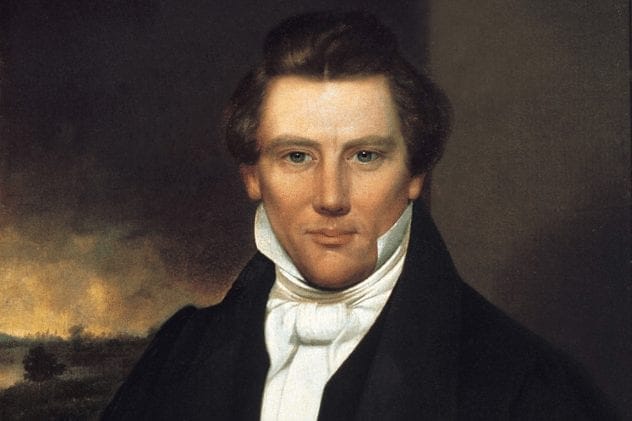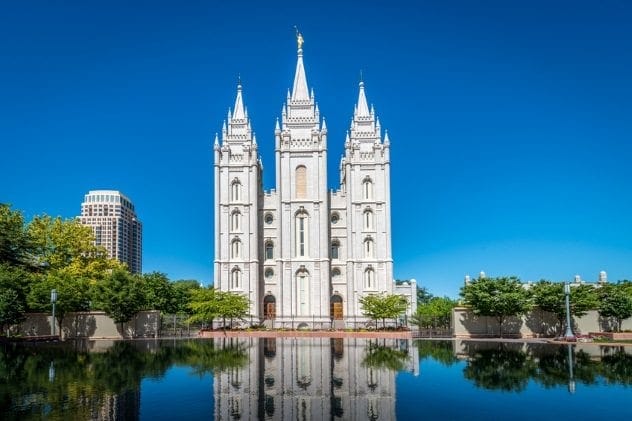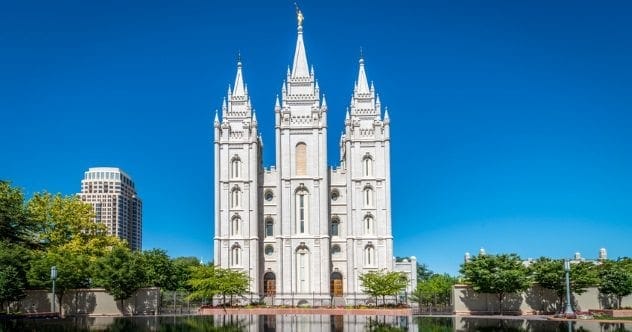The Church of Jesus Christ of Latter-day Saints, often called the Mormon Church, is a vibrant and rapidly expanding faith with approximately 15 million members worldwide. Despite its growth and presence, many misconceptions persist. Let’s explore and clarify ten common misunderstandings about Mormonism.
Mormonism Misconceptions
1. Mormons Are Polygamists
It’s a common image: Mormons practicing polygamy. While the early church did practice polygamy, it officially discontinued the practice in 1890. This decision followed significant pressure from the U.S. government. Today, the Church strictly prohibits polygamy, and members found practicing it are excommunicated.

Groups that continue polygamy are considered “fundamentalists” and are not affiliated with the mainstream Mormon Church.
2. You Must Move to Utah to Join the Church
Utah has a significant Mormon population, about 62%, and Salt Lake City is the headquarters of the Church. However, you don’t have to live in Utah to be a Mormon. Congregations exist in every U.S. state and over 100 countries. Most Mormons live outside of Utah and in other countries, making it a global faith. While many members may visit Utah, it isn’t a requirement for membership.

3. Mormons Can’t Use Birth Control
Mormon families tend to be larger than average, leading to the misconception that they don’t believe in birth control. The Church emphasizes the importance of family and encourages its growth. However, the decision to use birth control is a personal matter between a husband, wife, and God. Mormons can use birth control; the Church doesn’t restrict it, but places restrictions on birth termination.

4. Women Are Subservient in Mormonism
Historically, women’s roles in the Church were limited. However, the modern Church has seen an evolution. Early on, societal norms restricted women’s rights, but as feminism grew, so did opportunities for women within the Church. Today, women participate in areas once exclusive to men, such as speaking at General Conference and serving on executive councils. Changes are gradual, but the Church adapts toward equality.

5. The Mormon Church Is Racist
The Church’s past is intertwined with the history of slavery. Initially, like many religious institutions, it reflected the views of the time. Before 1978, black members couldn’t be ordained into the priesthood or participate in temple ordinances. In 1978, a revelation led to the lifting of these restrictions.

Today, the Church opposes all forms of racism, with approximately 3–5% of its members being of African descent. Policies limiting race do not exist.
6. Mormons Worship Joseph Smith
Joseph Smith is a central figure in Mormonism, but Mormons don’t worship him. They revere him as the founder of their faith and a prophet, not as a divine being. Mormons believe prophets are fallible individuals called by God to guide humanity. They aren’t considered perfect or equal to Jesus Christ.

7. Mormons Don’t Believe in the Bible
The Book of Mormon often overshadows the Bible in discussions about Mormon beliefs. Mormons do believe in the Bible as the word of God, but with the understanding that it may contain errors from centuries of compilation, translation, and transcription. The Bible is one of four revered texts, including the Book of Mormon, Doctrine and Covenants, and Pearl of Great Price, alongside the teachings of modern prophets.

8. Caffeine Is Forbidden
The Mormon “Word of Wisdom” advises against “hot drinks,” which the Church clarifies as coffee and tea, not caffeine itself. Mormons avoid alcohol and tobacco but can consume caffeinated beverages. The Church promotes healthy living and offers dietary guidelines. However, caffeine consumption is a personal choice rather than a strict prohibition.

9. Mormons Practice Strange Rituals
Secrecy surrounding Mormon temple rituals contributes to the perception of strange practices. Certain ceremonies, like baptisms for the dead, confirmations, and sealings (marriages), occur within temples and aren’t publicly observed.

Compared to other religions, Mormon practices aren’t extraordinarily different. While temple practices aren’t open to the public, regular Sunday worship is accessible to everyone.
10. Good Works Guarantee Salvation
A common Christian belief is that faith in Jesus Christ leads to salvation. A misconception about Mormonism suggests that works alone secure a place in Heaven, regardless of faith. While certain “works,” such as baptisms for the dead and temple marriage, are believed to enhance one’s spiritual standing, they aren’t prerequisites for salvation. These actions help to obtain the highest exaltation in the Kingdom of God. Ultimately, faith remains central to salvation.

Mormonism, like any religion, is often subject to misunderstandings. By addressing these misconceptions, we gain a clearer understanding of the beliefs and practices of the Church of Jesus Christ of Latter-day Saints.
We hope this article has provided clarity! Have you heard any of these misconceptions before? Share your thoughts and questions in the comments below!
Leave your comment below!










